Author: Historical Record of Chinese Americans
Translator: Pingbo Zhou

On June 27, 2021, Gerald Brady, a member of the Delaware House of Representatives, wrote an email in which he referred to Asian women as “ch*nk broads” and insinuated that they were sex workers. He originally intended for this insulting language and stereotypical defamation against Asians to be a private communication between him and “someone he knew”. However, he “accidentally” clicked on the wrong reply button, and Brady’s email was shared with The News Journal. Although Brady immediately issued a public apology for his rhetoric when his behavior was exposed, we know that the next “Bradyism” could occur at any time, in any place.
Recently, there have been numerous high-profile instances of discrimination, defamation, persecution, threats, and violence against Asians in the government, academia, media, and other everyday settings that have forced this issue to the forefront of societal consciousness. Most prominently, the horrifying spa massacres that occurred in Atlanta during March of this year have exposed American society’s deep-rooted anti-Asian prejudices and incited widespread protest and self-reflection in Asian communities. Numerous Chinese American organizations have issued strong calls to action, demanding an end to anti-Asian racism, racist policies, and violence targeted towards Asians. It is worth noting that Brady’s email was leaked only a few months after the Atlanta shootings, which occurred on March 16 and similarly targeted Asian women. Brady is an elected official that “accidentally” exposed his true anti-Asian prejudices and feelings. We can see from this how deeply-rooted the issues of racial hatred and discrimination truly are in our society.
Although America does not have that long of a history compared to many other nations, it does have a long legacy of racism. Although the Civil Rights Movement of the 1950s brought about equal treatment for minorities under the law, anti-Asian racism has existed and continued to harm Asian American communities for long after the end of the movement and its impacts are still felt around us today.
Since the dawn of mankind, migration has always been our oldest way of responding to our environment. The first settlers of the American continent arrived during the ice age at least 15,000 years ago, coming to the American continent from Asia. These migrants were courageous explorers and developed flourishing civilizations long before Columbus discovered the New World.

Picture 1: American Indians. Source: https://www.nps.gov/
Columbus crossed the Atlantic to the Americas four times between 1492 and 1502 and started the process of European colonization of the continent. After him, more and more Europeans continued to arrive in the Americas.

Picture 2: Columbus’ four expeditions to the Americas. Source: https://www.smithsonianmag.com/
According to historical records, in late August of 1619, the first Africans arrived on the North American continent. They came aboard an English pirate ship named the “White Lion”, which had intercepted “twenty or so” Black slaves from a Portuguese slave ship on its way to what is now Mexico. Thus, American colonization entered the age of slavery, and African slaves were brought in chains to Caribbean and American shores and forced into heavy labor. In 1776, before the birth of the United States of America, migrants arriving from Asia, Europe, and Africa were already widespread in North America.

Picture 3: A carving depicts a ship arriving in Virginia in 1619 full of African slaves to be sold. Source: https://time.com/5653369/august-1619-jamestown-history/
America’s victory in the Revolutionary War freed it from its status as a British colony, allowed it to realize national independence, and established the basic framework for constitutional democracy. In the 240 or so years since, immigrants from all over the world have flocked to America, boosting its population to over 328.2 million and working collaboratively to make it the strongest nation in the world. These immigrants represent all nations around the world, including different races, different cultural backgrounds, and different religions. Among them, American Chinese comprise 1.2% of the national population and are a group that have made significant contributions to America’s success and prosperity.

Picture 4: Upon the signing of the Declaration of Independence on July 4, 1776, the 13 colonies declared their independence from Britain.
In the middle of the 19th century, Chinese workers joined the Central Pacific Railroad Company and built the western portion of the world-renowned Transcontinental Railroad. The western portion of the railroad that the Chinese workers built started at the California state capitol of Sacramento and passed through Newcastle, the snowy Sierra Nevada, Truckee, and the secluded Nevada Desert. Continuing east, it followed the Humboldt River along the Great Basin, arrived at the town of Wells, and went northeast into Utah, where it met the eastern portion of the Central Pacific Railroad at Promontory Point. This railroad connected the United States’ east and west coasts for the first time, and made huge strides in the development of the western states. Countless Chinese workers gave their lives throughout every step of the process of railroad construction. The acceleration of the industrialization of America’s economy was made possible by the blood, sweat, and tears of those Chinese workers. This railroad is immutable evidence of their impact on this nation: without Chinese workers, there would be no Transcontinental Railroad, and America would not have the same strength it does today.
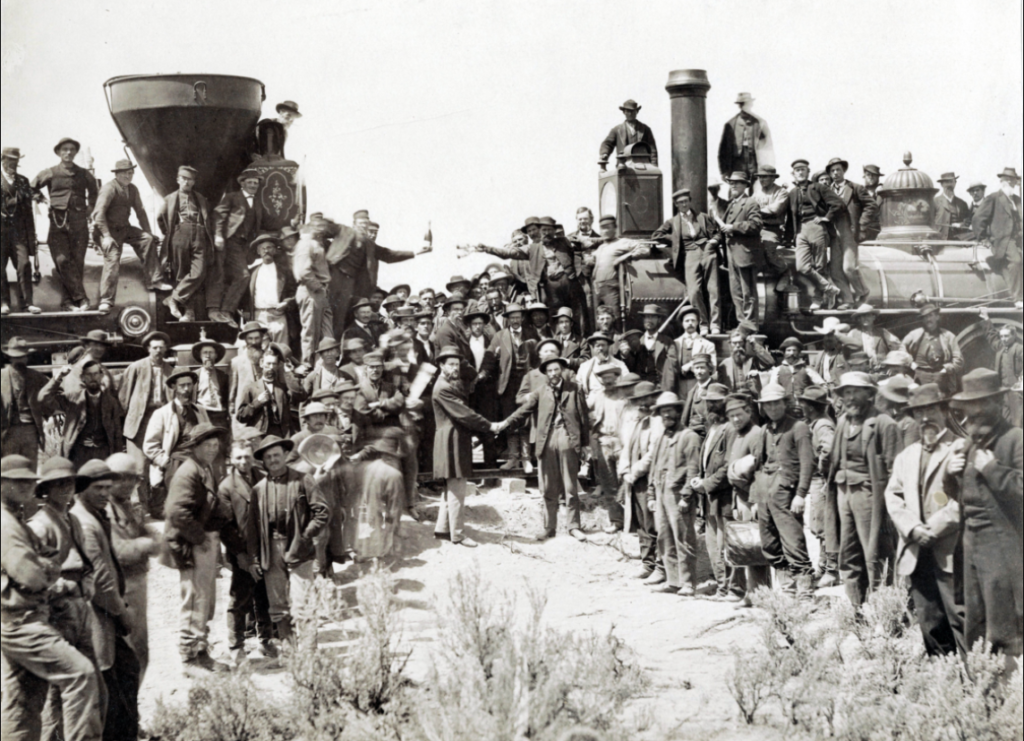
Picture 5: The Golden Spike Ceremony of May 10, 1869.
Throughout the past century, while relying on their wisdom and tenacity to develop successful livelihoods, Chinese Americans have never forgotten their duty and commitment to this nation. Generation after generation of Chinese Americans have seen it as an honor to contribute to America’s development. Among them are Charles Tong Sing and Ah Sam, who took part in the 1879 arctic expedition, Taylor Wang, an astronaut who went to space in 1985, and Xinyuan Tang, a Chinese American aerospace scientist and engineer.
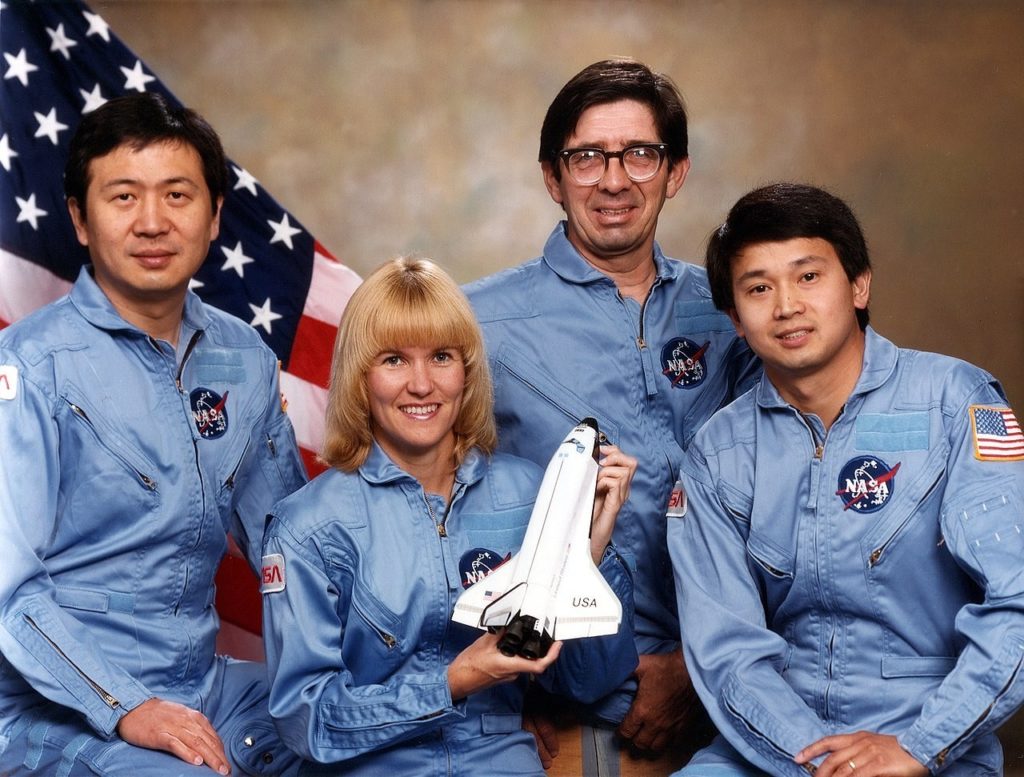
Picture 6: Scientist Taylor Wang (left), who became the first Chinese American to go to space in 1985.
Lau Sing Kee was a hero of the First World War, who was awarded the Distinguished Service Cross and Purple Heart from the United States and the Croix de Guerre from France for extraordinary heroism in combat and outstanding commitment to service.
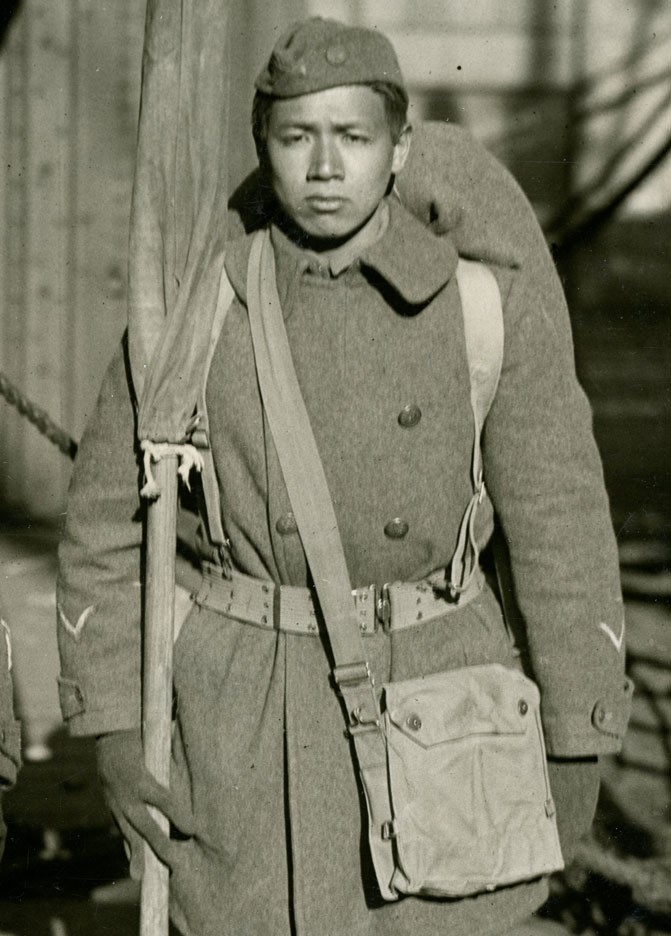
Picture 7: Lau Sing Kee, a World War I hero. Source: https://www.worldwar1centennial.org/index.php/commemorate/family-ties/stories-of-service/2207-lau-sing-kee.html
On December 7, 1941, Japan launched a surprise attack on Pearl Harbor and destroyed the Pacific Fleet, causing heavy losses and casualties. The next day, America declared war on Japan. Of the roughly 107,000 Chinese Americans at the time, around 20,000 young men and women signed up to join the American military, nearly 20% of the entire Chinese American population. These Chinese American soldiers were dispatched to various divisions throughout the armed forces, with roughly 25% of them joining the Air Force and being assigned to the Chinese-Burma-India theater. These brave service members belonged to the 14th Air Service Group of the American Volunteer Group, and some also served among Chennault’s Flying Tigers.
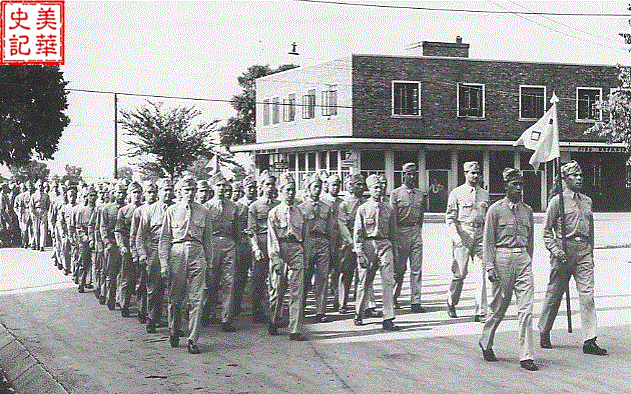
Picture 8: In June 1943, the 407th Squadron lines up at Springfield, Illinois. Source: http://www.flyingtiger-cacw.com/gb_228.htm
During World War II, on May 15, 1942, the Women’s Army Auxiliary Corps was founded. On July 1, 1943, they evolved into the formal Women’s Army Corps (WAC). A group of American Chinese women joined the WAC – Helen M. Lee, Julia Larm Ashfield, Hazel Ying Lee, Maggie Gee, Helen Pon Onyett, and Marietta Chong Eng.

Picture 9: Hazel Ying Lee of the Women’s Army Corps.
The four generations of the Chinese American Chen family span more than a century, with each generation making their own contributions towards America’s development and prosperity. Fong Chen of the first generation took part in constructing the railroads that span the country. Moon Chen of the second generation was an officer in the American Air Force, and became an American war hero in WWII and the Korean War. Bob Chen, William Chen, and Moon Chen Jr. of the third generation all served in the military, and William achieved the rank of Major General. Deborah Chen of the fourth generation is a current Major in the Army and a Blackhawk pilot.

Picture 10, Major Deborah Chen, the fourth generation of the Chen family.
There are many, many Chinese American families like the Chens.
Chinese Americans are similar to other immigrants in many ways: they have the pioneering spirit to risk it all for their dreams and the courage to leave their home country behind in search of a new life. They carry the diligent and tenacious spirit of the Chinese culture within their DNA. They opened laundries and grocery stores. They have become businessmen, entrepreneurs, scientists, academic leaders, financiers, artists, and athletes. They carry on past traditions, have strong family values, and are willing to work hard and endure hardships.
Despite all this, Chinese Americans are struggling to this very day with the deep-rooted problems of racism and prejudice in this country, and are enduring the same kind of discrimination experienced by many other minorities. Asian Americans have long been viewed as perpetual foreigners and a threat to national security. This can be seen all the way back to the 1875 Page Act and the 1882 Chinese Exclusion Act.
In the 19th century, among the Chinese women working to make ends meet in this country, there were nannies, laundry workers, and gold diggers, as well as prostitutes who suffered abuse at the hands of men. These mighty women paved the path for the first Chinese American families. However, they were labeled as “undesirable”. The Page Act, which was passed in 1875, masqueraded under the guise of maintaining morality and prohibited the immigration of Chinese women, making it nearly impossible for Chinese men in America to start families. By restricting the immigration of women, the federal government successfully limited the growth of the Chinese population. Vestiges of this racial hatred can be seen today, including in the March 16 Atlanta spa shootings where six of the eight killed were Asian women – four Korean Americans, two Chinese Americans, and two Caucasians. This massacre is an example of a growing wave of violent anti-Asian sentiment in the US which has intensified in recent years, yet it was labeled as a result of the killer’s “sex addiction”. We can see from this that the reputation of Asian women remains tarnished by the discrimination of the past. Even in the 21st century, they are victims to the unfair stereotypes placed upon them.
19th century media and politicians portrayed the Chinese as a threat to America and a “Yellow Peril”. They engaged in an extensive smear campaign to tarnish the reputations of the Chinese and stir up xenophobic sentiment and even allowed private civilians to attack and kill Chinese people. This finally culminated in the passage of the Chinese Exclusion Act in 1882. The signing of the Act signaled that it was acceptable to ostracize and expel the Chinese, and gave rise to renewed anti-Chinese movements in the name of “patriotism”. From 1850 to 1906, there were nearly 200 instances of large-scale attacks against the Chinese. We will never know how many Chinese lives and livelihoods were savagely destroyed, or how many Chinese died without dignity or justice. Although the Chinese Exclusion Act was eventually repealed, Chinese Americans still often endure racist violence and verbal abuse. Vincent Jen Chin was a Chinese American draftsman. On June 23, 1982, in the Highland Park community of Detroit, Michigan, a Chrysler factory supervisor Ronald Ebens and his stepson Michael Nitz beat Chin to death with a baseball bat while continuing to rain racist insults upon him. Since the advent of COVID-19, anti-Asian racism and violence have dramatically intensified, and Asian elders or women have been attacked in the streets or in stores.
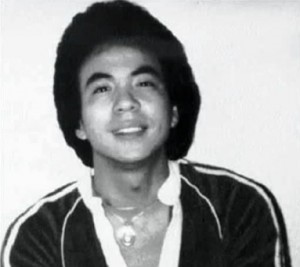
Picture 11: Vincent Chin was killed after his murdered mistook him to be Japanese.
According to estimates, instances of anti-Asian violence in 2020 were nearly nine times as common as in preceding years.
During the Cold War era, Chinese Americans were portrayed as sinister spies and threats to the country and forced to live under the shadow of violent attacks and McCarthyism. Under McCarthyism, Chinese Americans were seen as terrorists. Numerous reporters and Chinese academics were brought before the House Committee on Un-American Activities and investigated. Examples of Chinese organizations that were subject to severe scrutiny included the Chinese Hand Laundry Alliance, China Daily News, Chinese Mutual Aid Association, American Democratic Youth League (Min Qing), Chinese Student Christian Union (CSCA), and the Association of Chinese Scientific Workers in America (ACSWA), and many others. “Paper sons” were exposed, threatening the safety of Chinese Americans across the nation.
Wen Ho Lee was a Chinese American scientist that worked in the Los Alamos National Laboratory who was accused of stealing classified American nuclear-related documents in 1999. After investigators recounted their initial accusations, the government began a new round of investigations and held Lee in solitary confinement after indicting him on 59 counts. In 2000, Wen Ho Lee accepted a plea bargain from the federal government: he would plead guilty to one count of mishandling sensitive documents, and the government would drop the other 58 counts he was accused of, as well as grant him his freedom.
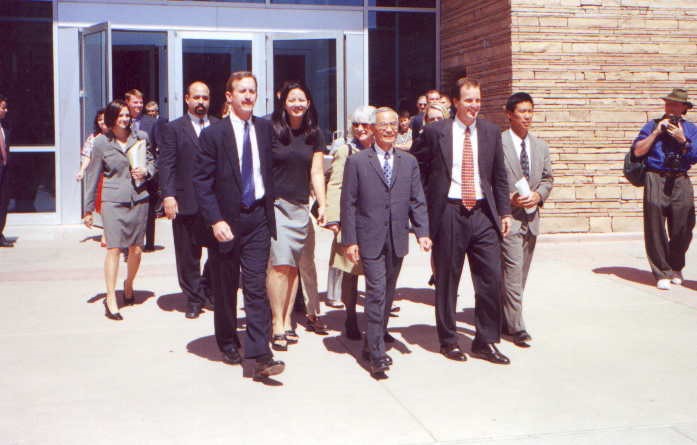
Picture 12, the U.S. government drops the Wen Ho Lee espionage case. Source: wenholee.org
Even in the present, the media often spreads misleading or false information to the public that perpetuates racism and incites anti-Chinese hatred. On October 26, 2020, MSN published a piece titled Exclusive: 600 U.S. Groups Linked to Chinese Communist Party Influence Effort with Ambition Beyond Election (msn.com), casting suspicion on the entire Chinese American community and labeling us as an untrustworthy group. On December 3, 2020, Republican Senator Marsha Blackburn of Tennessee wrote a tweet discriminating against Chinese people and culture, saying “China has a 5,000 year history of cheating and stealing. Some things will never change…” In 2018, the Trump administration’s Department of Justice launched the “China Initiative” against supposed spies, which has disrupted the lives of more and more citizens and their families. Those affected include: Professor Franklin Feng Tao of the University of Kansas, Professor Gang Chen of MIT, former employee Qing Wang of the Cleveland Clinic Foundation, Professor of Rheumatology and Immunology Song Guo Zheng of Ohio State University, and Professor Anming Hu of the University of Tennessee, among others.
This kind of race-based determination of guilt is causing a rapid brain drain in the American scientific community, with many Chinese intellectuals and scientists choosing to return to China. In truth, these baseless actions against the Chinese are not only hurting America’s ability to remain on the cutting edge of scientific development, but are also negatively impacting American society as a whole as well.
The U.S. House of Representatives passed the Anti-Asian Hate Crimes Bill by an overwhelming margin on May 18, 2021. However, the same federal government that has appeared “sympathetic” to Asian Americans has actually been harming them throughout history and into the present. It will be an arduous task to truly eliminate anti-Asian racism, and one that will require collaboration and widespread acceptance by both the government and the masses.
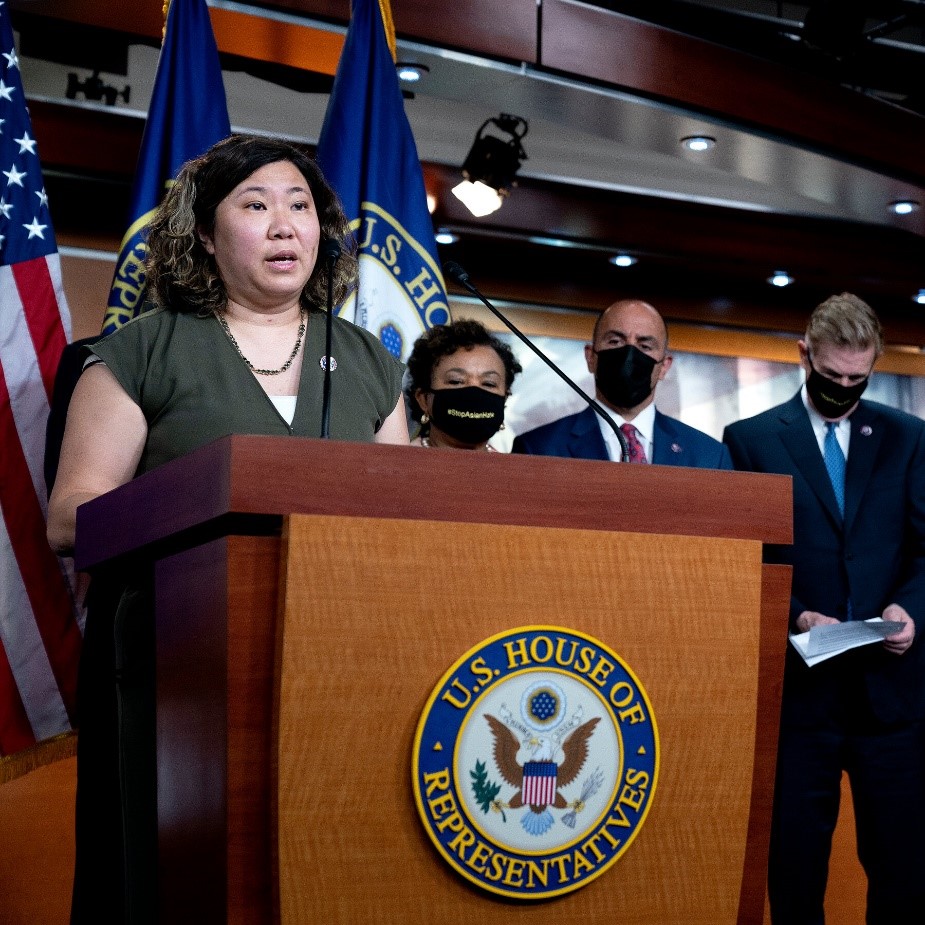
Picture 13, the House of Representatives passes the Anti-Asian Hate Crimes Bill. Source: https://www.nytimes.com/2021/05/18/us/house-anti-asian-hate-crimes-biden.html
We call upon those of all races to unite and stand together in the fight against anti-Asian discrimination, violence, and racism. The American government must put an end to its own racist policies and own up to its past mistakes. We need to teach the history of Chinese Americans in public schools starting at the elementary level, in order to recognize the contributions that they have made to this nation. America must do this in order to live up to its promise as an open, diverse, and accepting nation.
We believe that racist actions of any kind are unacceptable in America. We refuse to be victimized because of our race!